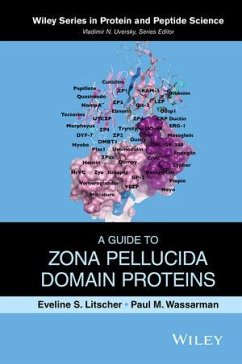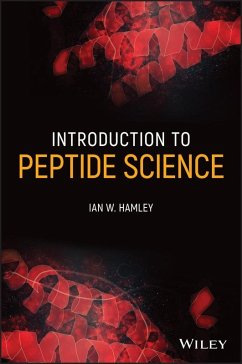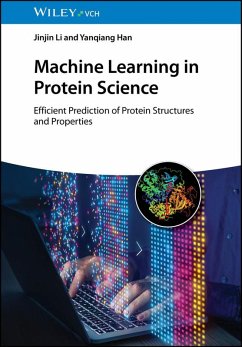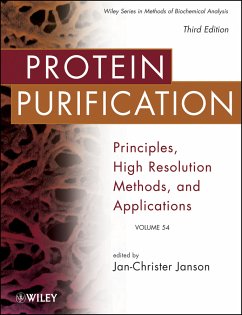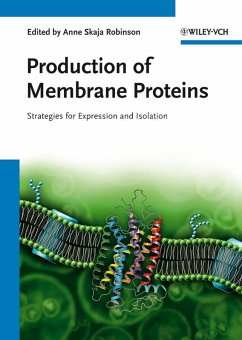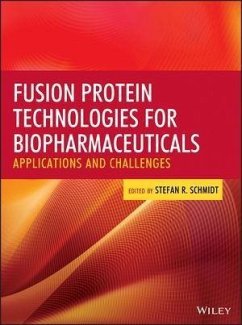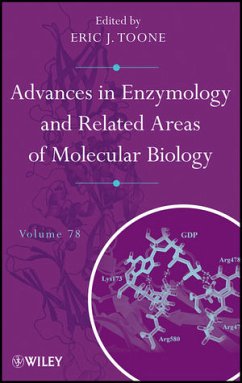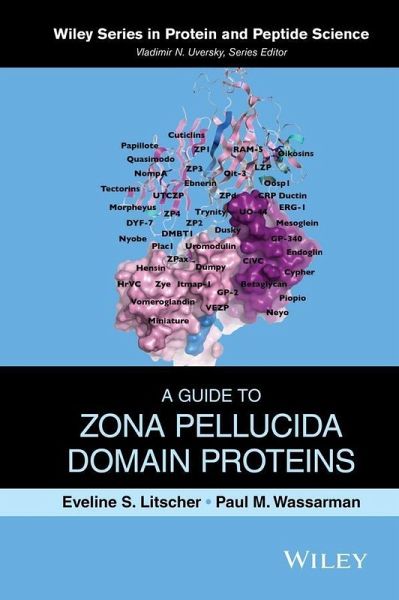
A Guide to Zona Pellucida Domain Proteins (eBook, PDF)
Versandkostenfrei!
Sofort per Download lieferbar
149,99 €
inkl. MwSt.
Weitere Ausgaben:

PAYBACK Punkte
0 °P sammeln!
This book provides a coherent, clear, and uniform presentation of structural, genetic, molecular, and biochemical information available for the zona pellucida domain protein family, which impact pathologies such as infertility, deafness, and cancer. Furthermore it: Details information about the structure and function of the ZP domain in ZPDC-proteins Provides illustrations of the organization of ZPDC-proteins, the genes that encode the proteins, and examples of mutations in the ZP domain that cause diseases Speculates as to the evolution of the ZP domain and potential therapeutics for disease...
This book provides a coherent, clear, and uniform presentation of structural, genetic, molecular, and biochemical information available for the zona pellucida domain protein family, which impact pathologies such as infertility, deafness, and cancer. Furthermore it:
- Details information about the structure and function of the ZP domain in ZPDC-proteins
- Provides illustrations of the organization of ZPDC-proteins, the genes that encode the proteins, and examples of mutations in the ZP domain that cause diseases
- Speculates as to the evolution of the ZP domain and potential therapeutics for diseases stemming from ZP domain mutations
- Addresses mammalian and non-mammalian systems
Dieser Download kann aus rechtlichen Gründen nur mit Rechnungsadresse in D ausgeliefert werden.




